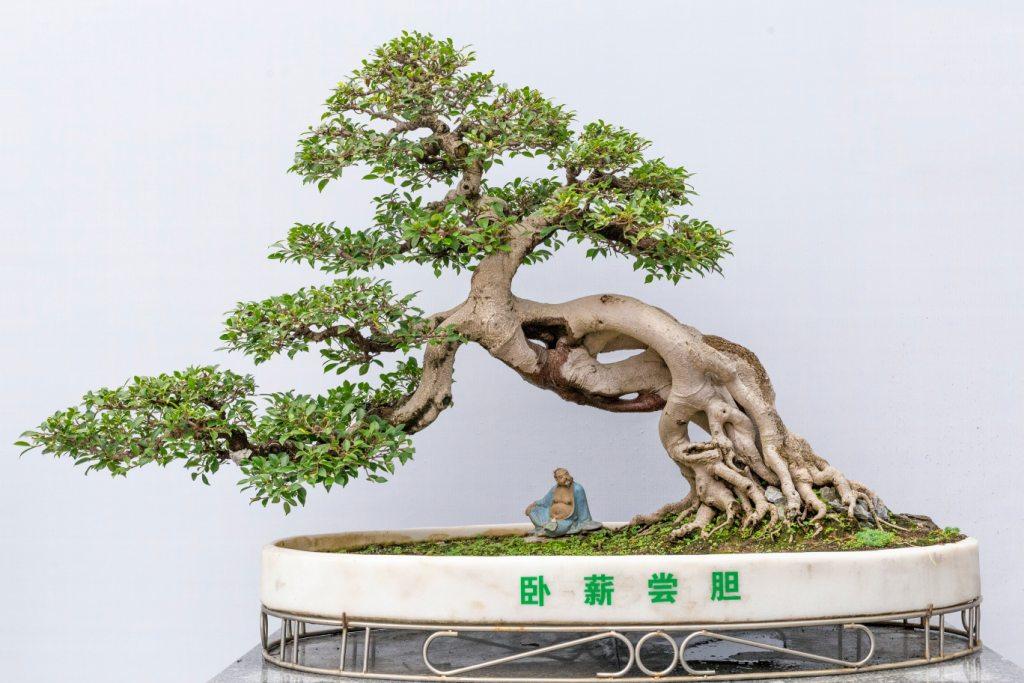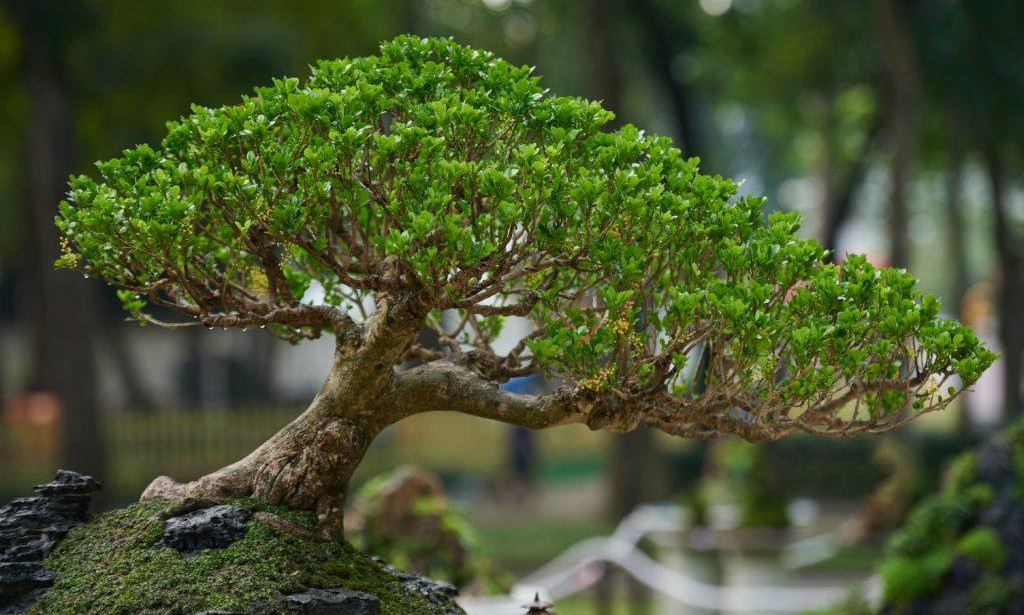Collecting wild trees to potentially turn them into Yamadori Bonsai is a captivating attempt. This unique branch of bonsai art involves the sourcing and transformation of naturally occurring trees into stunning miniature masterpieces. The charm of Yamadori Bonsai lies in its combination of horticultural skill, artistic vision, and an appreciation for the beauty of nature which is an ancient Japanese technique that dates back centuries.
It will be interesting to learn about the art of Yamadori Bonsai, exploring its history, techniques, and the distinctive challenges and rewards it presents.
Origins of Art Of Yamadori Bonsai
Yamadori, derived from the Japanese words "yama" (mountain) and "dorimu" (to take), refers to the practice of collecting trees from their natural habitats. This tradition originated in Japan, inspired by the captivating landscapes of the country. Collectors ventured into mountains, valleys, and forests to find trees with unique characteristics and potential for artistic expression.

[Photo Credit: Pexels]
Collecting Wild Trees For Transforming Into Bonsai
The process of collecting wild trees for Yamadori Bonsai is painstaking and delicate. Collectors need a deep understanding of botany, horticulture, and the specific requirements of the tree species they seek. Factors like age, health, root system, and overall form are carefully considered during excavation.
The true artistry of Yamadori Bonsai begins after the collection. The natural features of the tree are studied, and a design concept is envisioned. Through meticulous pruning, wiring, and shaping, the bonsai artist sculpts the tree into a harmonious and balanced form while respecting its original beauty.
Step-by-Step Process for Collecting Trees
If you have a strong interest in Yamadori Bonsai, start by learning everything there is to know about the native tree species that are present in the areas you want to visit.
Examine their growth habits, root systems, favored environments, and any local laws governing tree collection permits.
Step 1: Timing and Season
Choose the ideal time of year to harvest trees, which is usually in the late winter or early spring when the trees are dormant.
This time reduces the burden on the collected tree by making root cutting and transplanting easier.
Step 2: Scouting for locations
Continue your exploration of mountains, woods, or other natural locations that are known to have suitable species of trees. Seek for a range of tree species in varied habitats.
Additionally, keep an eye out for indications of noteworthy tree forms, such as twisted trunks, exposed roots, or distinctive bark patterns.
Step 3: Evaluation Standards
Seek out trees that have unique root flare, tapering trunks, captivating shapes, and the ability to inspire artistic expression. Consider the tree's age, overall health, and general state.
Create a precise set of standards for choosing trees based on the qualities you want in your bonsai design.
Step 4: Instruments and Gear
Assemble the equipment and tools required for collecting trees to be ready. This usually consists of wire, burlap, a robust shovel or spade, pruning shears, root pruners, a sharp pruning saw, wire, burlap, and durable bags or containers for moving the trees that have been gathered.
Step 5: Excavation and Removal
Proceed to carefully excavate the tree, making sure to leave a sufficient amount of soil surrounding the root ball to save as many roots as possible.
To clip long, tangled roots without overpruning and endangering the tree, use root pruners.
Carefully lift the tree, taking care to preserve and undisturb the root ball.
Step 7: Care and Transplantation
Now, move the gathered tree into a container that has been ready and filled with either a temporary growing medium or the proper bonsai soil.
The roots need to be covered with moist burlap or sphagnum moss for protection. To reduce stress, make sure the tree is well-watered and has enough shade throughout transit.
Step 8: Recovery Following Collection
When you get back home, choose a spot for the tree where it will get enough sunlight and shelter from inclement weather.
Let the tree gradually adapt to its new surroundings; at first, keep it out of bright sunshine and high winds.
In addition to monitoring soil moisture levels and giving frequent irrigation, adhere to the species-specific care guidelines.
Step 9: Upkeep and Observation
Keep a close eye on the gathered tree and note how it reacts to its new surroundings. As needed, modify fertilization, watering, and other maintenance procedures.
Make routine checks for illnesses, pests, or indicators of stress, and take the necessary action to resolve any problems that are found.
Aftercare & Global Appeal of Yamadori Bonsai
Diligent aftercare is essential for the successful transition of collected trees into Yamadori Bonsai. The article details watering, soil and fertilization, sunlight and shade, protection from extreme weather, pruning and maintenance, wiring and training, pest and disease control, and the importance of patience and monitoring.
While Yamadori Bonsai originated in Japan, its appeal has spread worldwide. Enthusiasts in Japan, Europe, North America, Australia, and Asia have a particular fondness for collecting wild trees, appreciating the art's ability to connect with nature and express creativity.
Challenges & Rewards
Yamadori Bonsai presents unique challenges, including extensive root systems and potential stress during transplantation. Careful nursing back to health, proper watering, and protection from environmental elements are crucial.
The rewards of Yamadori Bonsai are manifold. Each tree reflects its history and the hands that shaped it, possessing a distinct character and wildness. Transforming a tree from nature into a living work of art provides a profound connection to the natural world.
In conclusion, Yamadori Bonsai embodies the spirit of adventure, artistry, and reverence for nature. Bonsai artists, through careful collection and transformation, create miniature landscapes that evoke tranquility and beauty, carrying forward an ancient tradition while fostering a profound bond with the living world.



You must be logged in to post a comment.